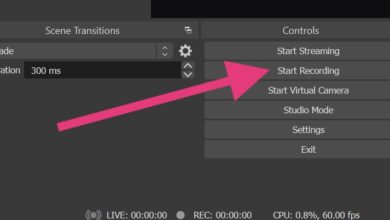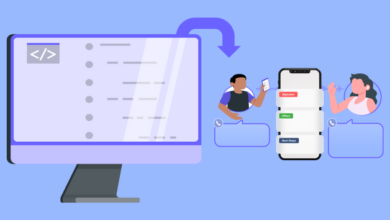The Precision of Calculators: Accuracy and Limitations

Introduction
Students can rapidly and effectively answer complex problems with calculators. It can also break the problem down into easier tasks, giving the learner more time to focus on comprehending the issue. Second, they are spared the same tedious, routine procedure and tedious calculations. Teachers may handle addition, subtraction, multiplication, and division issues more effectively when they use this portable calculator or online calculator platforms, especially when they see that some of their students struggle with math. Complicated formulas like the Endpoint Formula can be solved easily. In this blog, we will discuss the accuracy and preciseness of the calculator. While limitations of the use of a calculator will also be discussed.
The Accuracy And Preciseness Of Calculator
Our brains are incredibly adaptable, but we struggle to compute our thoughts because they can only hold many numbers. According to a well-known study by psychologist George Miller in the 1950s, humans can normally recall 5-9 digits (or, as Miller phrased it, “the magical number seven, plus or minus two”) before our brains hurt and forget. That is why, since antiquity, individuals have used calculators to aid their calculations. Indeed, the term calculator derives from the Latin calculare, which is meant to count using stones.
These gadgets give us the accurate and precise results that is why scientists are making more and more advancements. Now the online calculators solve the complicated equations like the endpoint formula in just few seconds.
There is huge variety of online calculators which include the average of percentages calculator, arithmetic calculators, percentage calculators etc.
Mechanical Calculators versus Modern Calculators
Mechanical calculators (built of gears and levers) were widely used from the late nineteenth to the late twentieth century. The invention of silicon microchips in the late 1960s and early 1970s paved the way for the first inexpensive, pocket-sized electronic calculators.
Modern calculators and computers share much of the same history and function in similar ways. But there is one key distinction: a calculator is an entirely human-operated machine for processing math, whereas a computer can be programmed to operate itself and perform a wide range of more general-purpose tasks. In short, a computer is programmable, whereas a calculator is not. (A programmable calculator falls halfway between the two: you can program it, but only for relatively elementary mathematical computations.
Modern calculators include the online calculators like the average of percentages calculator and the endpoint formula calculator which can easily solve the endpoint formula.
What’s Inside a Calculator?
A 19th-century calculator would have had hundreds of parts inside it, all of which were highly precise gears, axles, rods, and levers that clicked and whirred every time a number was entered. These parts would have been well-lubricated. However, if you disassemble a contemporary electronic calculator (I can’t help but unscrew things!) you may be surprised by how little you discover. I’ve saved you the trouble, although I don’t think you should use your brand-new school calculator for this if you want to have good relations with your parents. What’s therein is as follows:
- Input: Keyboard
Approximately 40 tiny plastic keys with a rubber membrane underneath and a touch-sensitive circuit beneath.
- Processor
A microchip that does all of the work. This performs the same function as all of the hundreds of gears in an early calculator.
- Output
A liquid crystal display (LCD) that shows you the numbers you enter and the results of your calculations.
A long-life battery (mine has a thin lithium “button” cell that lasts for several years). Some calculators additionally have a solar cell, which provides free electricity in the sunshine.
Limitations Of Using The Calculator
- Reliance
Students shouldn’t use calculators all the time, even though they can perform simple calculations quickly. A learner may become incapable of doing these fundamental operations manually if they are constantly depending on a calculator to help them with addition, subtraction, multiplication, and division issues. Like if they will keep getting the answer to the endpoint formula in seconds, they will not know how to solve it without the calculators.
- Belittling
The accessibility of graphic calculators has facilitated test-taking cheating by students. These calculators not only help you do simple math operations but also store data such as formulas and notes. Students can use this to save unapproved information to cheat on the test. One of the main drawbacks of a calculator is this.
- Expensive
A basic calculator doesn’t cost very much, but more complex calculators, like the graphing calculator, do. Furthermore, these calculators require batteries to function, which adds to their ongoing expenses. You can, however, use internet calculators like the Average of Percentages Calculator for the same reason, which provides you with access to all of a physical calculator’s features.
Conclusion
In conclusion, With calculators, students can solve complicated problems quickly and efficiently. Additionally, by breaking the difficulty down into smaller tasks, it can free up more time for the learner to concentrate on understanding the problem. The preciseness and the accuracy make them the best choice. While there are a few limitations as well. It is the choice of the person that what is his main objective, to ave the time or to learn calculations.





